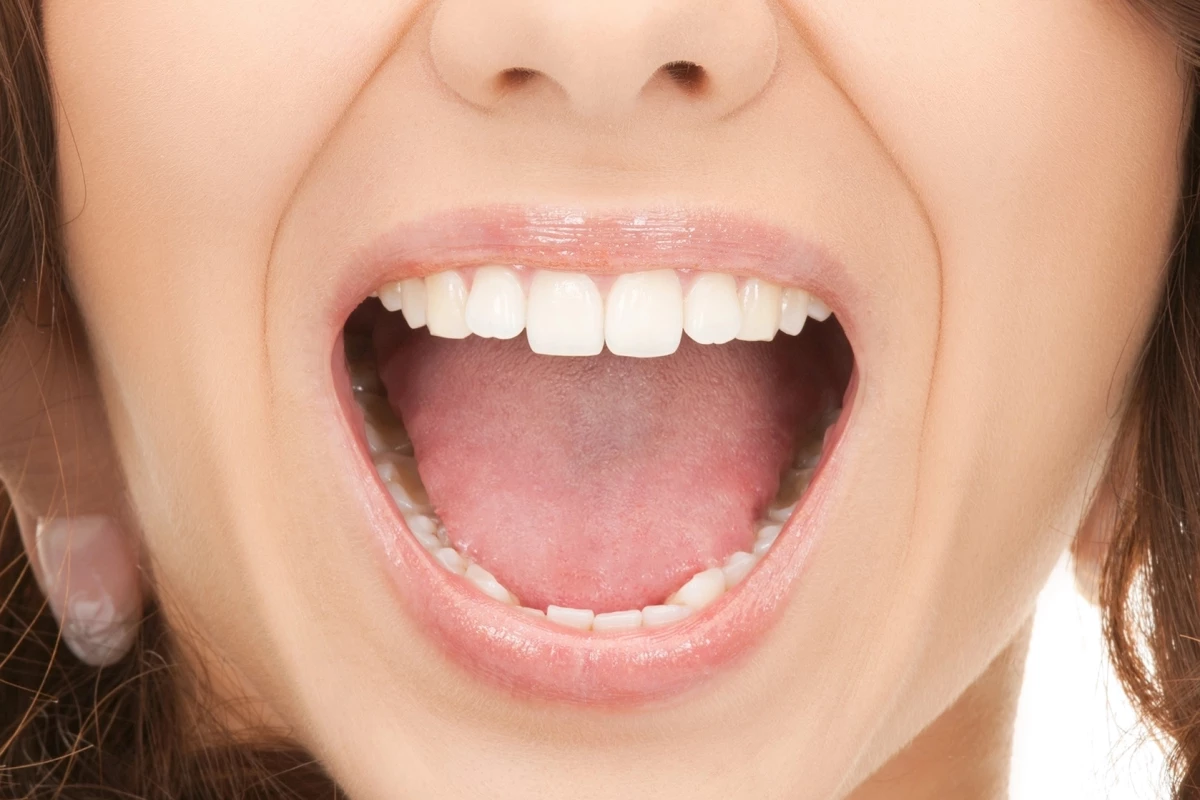We all know that injuries which occur inside the mouth heal much quicker than those on the outside of the body. Scientists have a new understanding of why this is the case, and believe that their findings could one day be used in wound treatments that reduce or even eliminate scarring.
Ordinarily, when we bite the inside of our cheek or otherwise hurt the inside of our mouth, the wound heals completely in one to three days. By contrast, a similar exterior skin wound can take up to three times longer to heal – and even then, scarring may occur.
This difference is partially due to factors such as a plentitude of oxygen- and nutrient-delivering blood vessels in the mouth, along with the presence of cell-growth-boosting proteins in the saliva. Oral tissue also has some unique healing properties of its own, although these aren't fully understood.
In order to gain a more complete understanding of what's going on, scientists from Cedars-Sinai Medical Center, Stanford University and the University of California, San Francisco looked to lab mice. More specifically, the researchers analyzed the signaling pathways (interactions between cells) in the rodents' facial skin and in their oral mucosa – the latter is the protective inner lining of the mouth.
It was found that in one pathway in the mucosa, a protein known as growth arrest specific–6 (GAS6) along with an angiotoxin receptor–like (AXL) enzyme block an enzyme named focal adhesion kinase (FAK), which promotes scarring.
Sure enough, when AXL was inhibited in the mucosa of some of the mice, wounds to the tissue took much longer to heal. And on the other hand, when GAS6 was used to stimulate AXL in wounds to the animals' facial skin, those wounds healed faster and more thoroughly than normal.
It was additionally noted that in rare scars to human oral mucosa, caused by repetitive injuries, expression of GAS6 and AXL was decreased whereas FAK was increased. Further research is now being planned, in hopes of ultimately developing improved treatments for skin wounds.
"This data shows that the GAS6-AXL pathway is potentially important for scarless healing in the mouth and that manipulating it may help reduce skin scars as well," says Cedars-Sinai's Dr. Ophir Klein, co-corresponding author of a paper on the study. That paper was recently published in the journal Science Translational Medicine.
Source: Cedars-Sinai Medical Center




